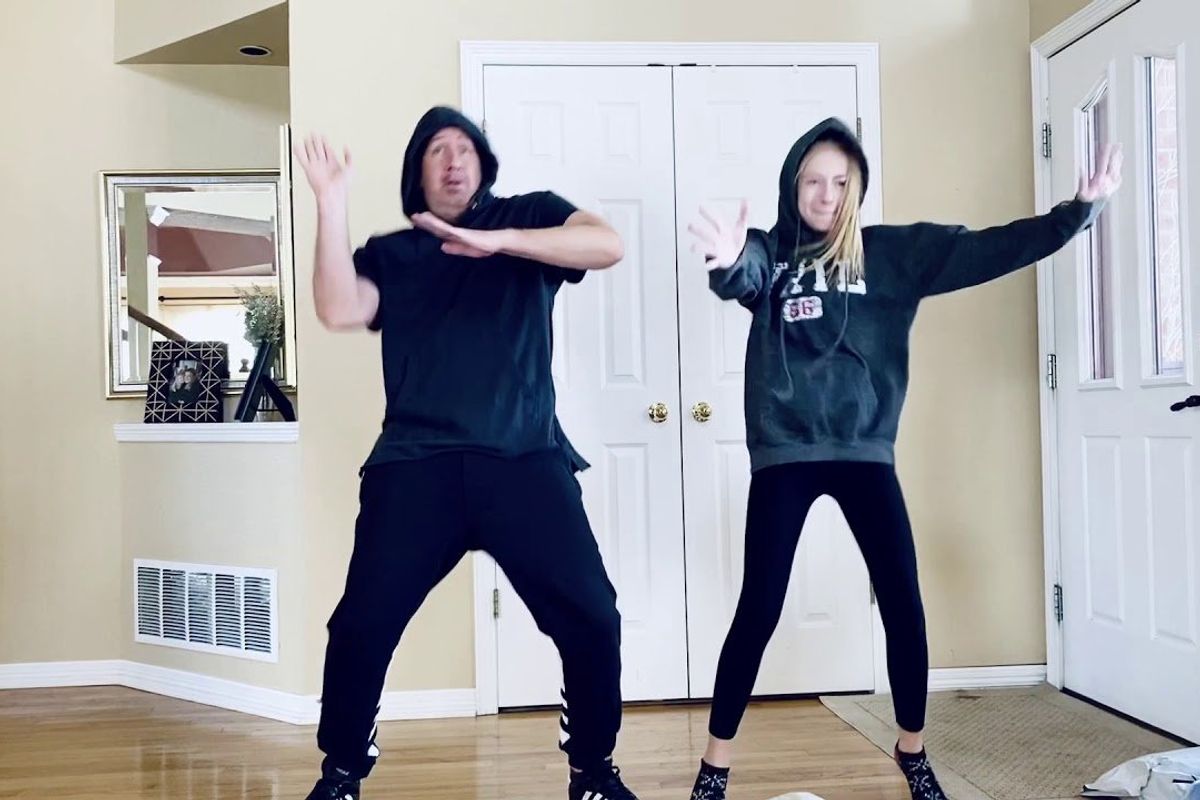3 signs you might need to take a mental health day and how to talk to your employer about it
Mental health days can be very good for business.

3 signs you might need to take a mental health day from work
People are starting to take their mental health more seriously and utilizing mental health day. Some companies have even started offering mental health days for their employees on top of their regular sick and vacation days to ensure their employees needs are met. But how do you know it may be time to take a mental health day before you're burned out completely?
One of the coolest things about our bodies is that it gives us cues on what it needs. We're used to the loud physical cues like a grumbling tummy that lets you know it's time to eat or excessive yawning and dry eyes that tell you its time to sleep. But there are other cues that we have either overlooked or haven't quite learned to recognize what our body is trying to tell us and those have to do with needing a mental health break.
When we think of our mental health, we don't often think about the physical symptoms that can be a precursor to emotional symptoms. It's the emotional symptoms that generally get our attention that say something may be bothering us, but our bodies give us clues. Maybe we should listen a bit more closely.
1. You're always tired.
It doesn't seem to matter how much sleep you got the night before, as soon as you get to work, you're exhausted. All you can think about is going home and crawling back in bed. But when your shift is over, suddenly your energy rebounds and you feel like you can do everything you want to do.
2. Frequent headaches
It's normal to get a headache every once in a while but for some reason you seem to only get them when you're either at work, thinking about work or are getting ready to go to work. Could it be that work is giving you the headache? Possibly. Instead of stocking up on Aleve, you might just need a staycation for a couple of days to reset.
3. Muscle pain
For some reason your shoulders, neck and jaw muscles are always tight and you can't figure out why. You try working the knots out yourself and even trade shoulder massages with your officemate but it keeps coming back. It could be tension that you're carrying from work. Our shoulders, necks and jaws are places that tend to hold a lot of our tension so if you're noticing constant muscle tightness in those areas while at work, it's probably time to check in with yourself.
Of course, many of us ignore these physical symptoms of stress and push through, which can cause us to be more curt, snippy, easily irritated and flustered. Once you surpass the obvious symptoms that often feel like undue irritation, we can then slide into crying on breaks, heightened anxiety, feelings of depression, and more. Unfortunately, many people wait until they reach the more disruptive stages before recognizing they need to take a mental health break.
Now that you know the symptoms, how do you ask for a break? If you're not working for yourself, chances are you're reporting to a boss of some sort and will need to disclose you'd like to take a mental health break. If don't work for a company that offers them, you can send an email or ask for a meeting.
You could say something along the lines of, "I'm really invested in the success of the company and my role within in it. In order for me to continue being successful and showing up at my best, I'd like to take two days off next week to focus on my mental health and recharging my battery."
Depending on your company policy, you may need to give more notice. If it's an emergent mental health situation it's always best practice to be candid about your needs without disclosing an excessive amount of unneeded information.
This article was written by Jacalyn Wetzel, Licensed Clinical Social Worker and practicing therapist.
- Mom gets surprising wave of praise for letting her daughter skip school once a month ›
- What parents are teaching kids when we allow them to take a 'mental health day' ›
- After she asked for a mental health day, a screenshot of her boss' response went viral ›
- Woman who asked her boss for a mental health day gets stunning response - Upworthy ›




 Even when there's no assigned seat, everyone knows where they usually sit.
Even when there's no assigned seat, everyone knows where they usually sit.
 Women walking down a street.Image via Canva Photos.
Women walking down a street.Image via Canva Photos.  Woman aware of her surroundings in a parking garage. Image via Canva Photos.
Woman aware of her surroundings in a parking garage. Image via Canva Photos.
 Season 3 Dancing GIF by Party Down
Season 3 Dancing GIF by Party Down  music video happy dance GIF by Apple Music
music video happy dance GIF by Apple Music 
 A boots story shows why it can be so hard to climb out of poverty.
A boots story shows why it can be so hard to climb out of poverty.  A good pair of work boots will save you money in the long run, but only if you can afford them in the first place.
A good pair of work boots will save you money in the long run, but only if you can afford them in the first place. More reliable cars cost more up front.
More reliable cars cost more up front.  It's hard to climb out of poverty when you can't reach the ladder.
It's hard to climb out of poverty when you can't reach the ladder.